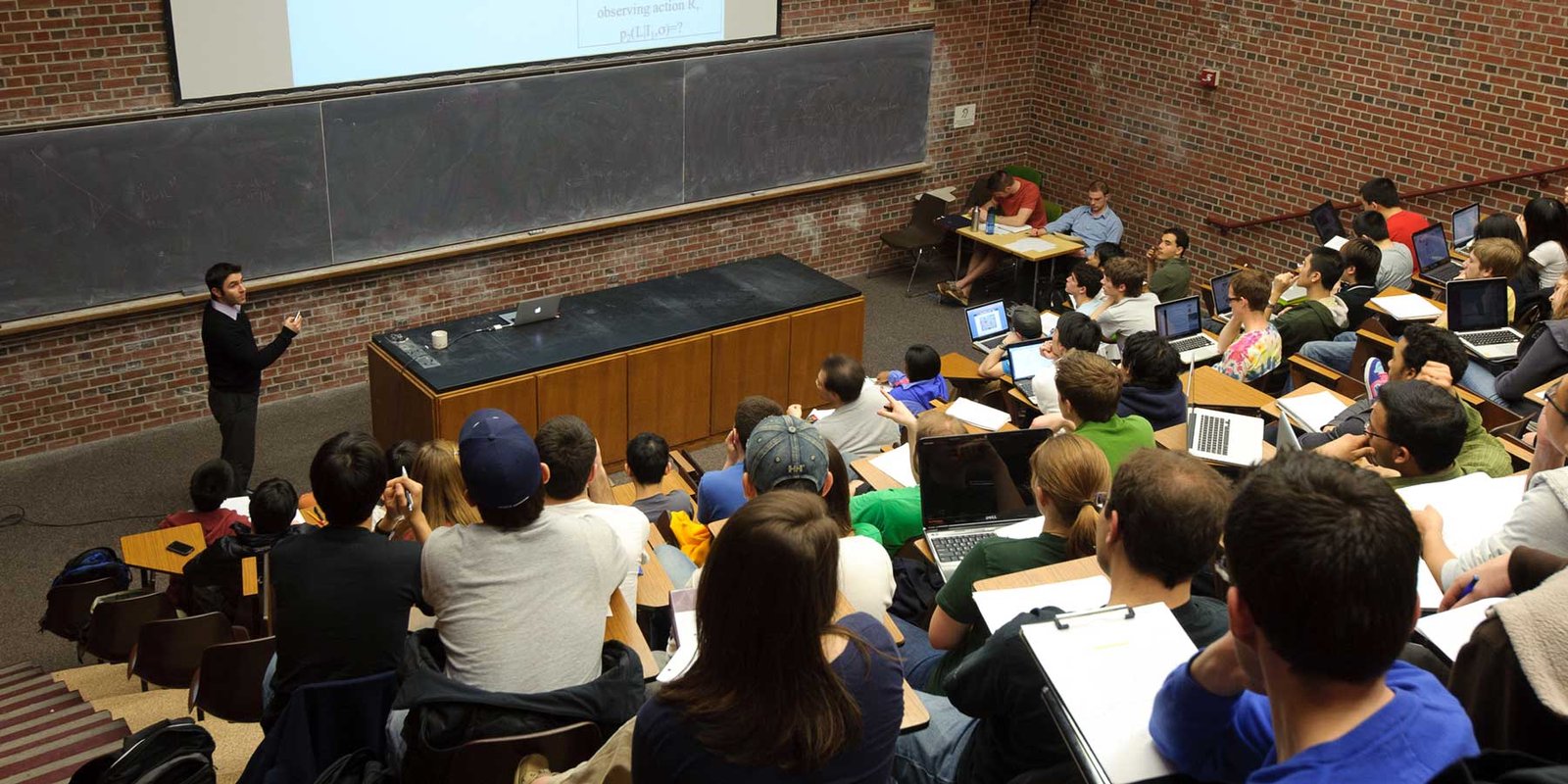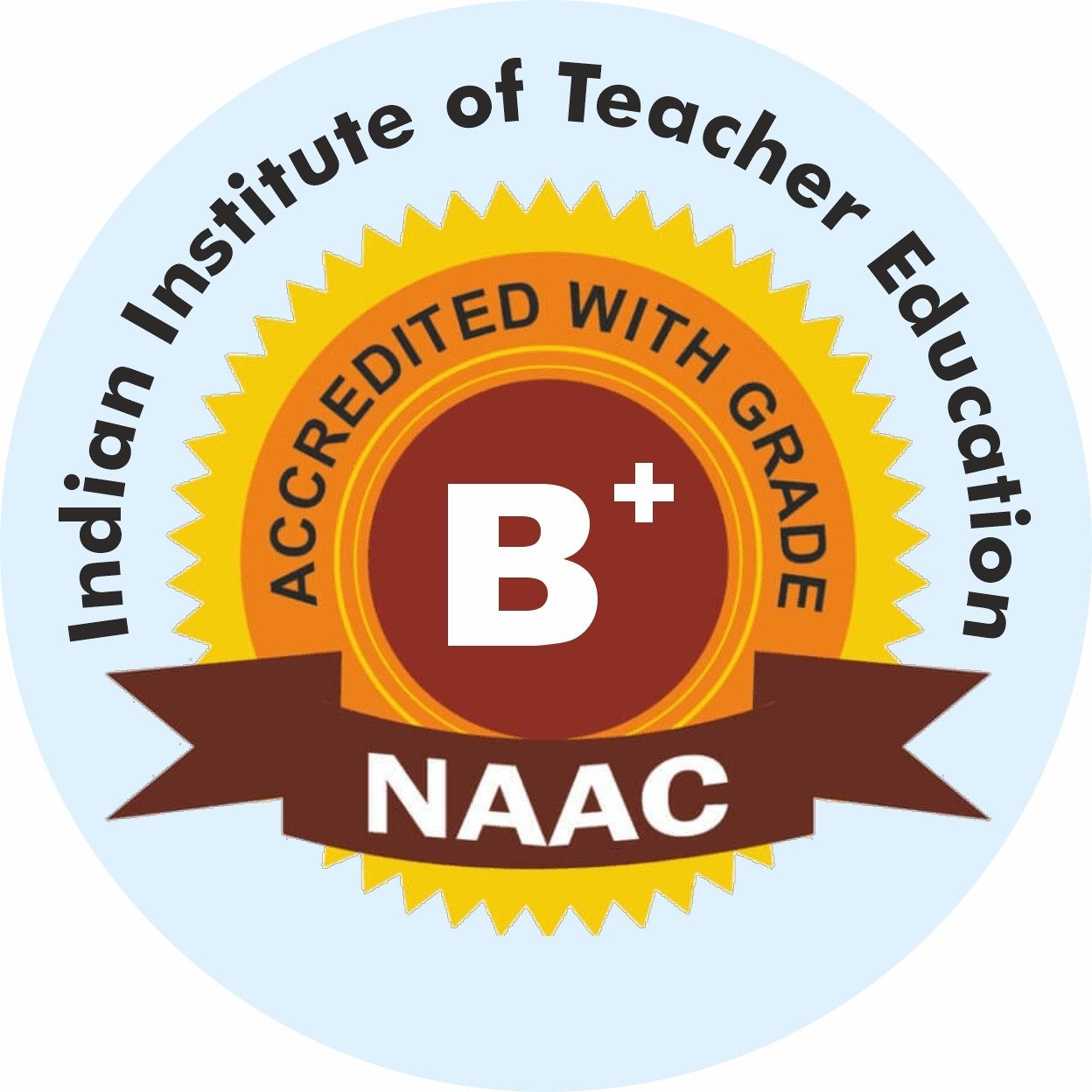The assistant professor has a multifaceted role in modern academia, teaching, researching, and providing service. It is a very important foundation for academic institutions to advance knowledge and develop future professionals. However, the journey of an assistant professor is full of responsibilities, challenges, and opportunities for career growth. This all-encompassing exploration is concerned with aspects related to assistant professorship, the expectations, barriers, and roadways to success within this all-important academic position.
Responsibilities of an Assistant Professor
Assistant professors are entrusted with a triad of core responsibilities: teaching, research, and service.
Teaching
The core of a teaching assistant professor’s responsibilities includes a commitment to teaching students in the most excellent way possible. This entails developing and presenting lectures, writing course materials, and grading. They are expected to provide mentorship as well and ensure that their learning environment stimulates critical thinking and intellectual growth. Additionally, they are often found holding office hours where individualized support may be given on academic challenges as well as on career planning.
Research
Original research with analysis of data, followed by publications in respected peer-reviewed journals, is the general expectation. Assistant professors are responsible for the generation of original work and data analysis. They enhance the prestige of the institution as well as the prestige of their fields through research and its publications. Many institutions rely on external funding to be brought in through grants. As such, it requires skills in writing a grant proposal.
Service
The assistant professor is involved in service, beyond teaching and research. Service integrates participation in departmental committees and curriculum development, academic advising, and other activities relating to community outreach. All these are important for the overall development of the institute and the development of a collaborative academic environment.
Challenges Faced by Assistant Professors
The path of an assistant professor is fraught with challenges that require resilience and strategic management.
Balancing Multiple Responsibilities
Balancing the calls for teaching, research, and service can create too much to do. Often the pressure to do well in each area requires overtime and long hours, and eventually, into a person’s free time and brings stress. A good sense of time management and prioritizing needs to be executed successfully.
Pressure to Publish
The adage “publish or perish” underlines the high-pressure assistant professors are under to produce scholarly work. The need to publish in high-impact journals for tenure consideration can create a high-stress environment, requiring diligent research, writing, and revision processes.
Securing Tenure
This is a big step, but there are also associated challenges. The process of review for tenure is strict, reviewing assistant professors on contributions to teaching, research, and service. One has to excel for an extended period and in a planned manner for professional development.
Strategies for Career Growth
Despite the challenges, there are several strategies that assistant professors can employ to foster career advancement.
Continuous Professional Development
Engaging in continuous learning opportunities, including workshops, conferences, and seminars, can help improve teaching methodologies and research capabilities. Keeping up to date with new developments in one’s field is sure to keep both teaching and research relevant and innovative.
Networking and Collaboration
A robust professional network that transcends the walls of an institution will offer many doors in the way of collaborative research, co-authorship opportunities, and interdisciplinary initiatives. It also promotes participation in professional organizations and attendance at conferences.
Seeking Mentorship: Faculty experience and advice can be instructive to understand the academic environment. Mentors will be able to advise the new member on research and teaching directions, not to mention career advancement, thus readying him for tenure-track promotions and beyond.
Effective Time Management
Balancing the triad of responsibilities requires effective time management strategies. Prioritizing tasks, setting realistic goals, and delegating when possible can help manage the workload and reduce stress.
Conclusion
The assistant professor position is the thread that weaves into the academic fabric, hence requiring a good balance of teaching, research, and service. While challenging, strategic professional development, networking, and proper time management create an avenue toward a fulfilling and impactful career. Embracing the multifaceted nature of the role and proactively addressing its challenges will enable assistant professors to thrive and contribute significantly to the advancement of knowledge and the cultivation of future generations.











